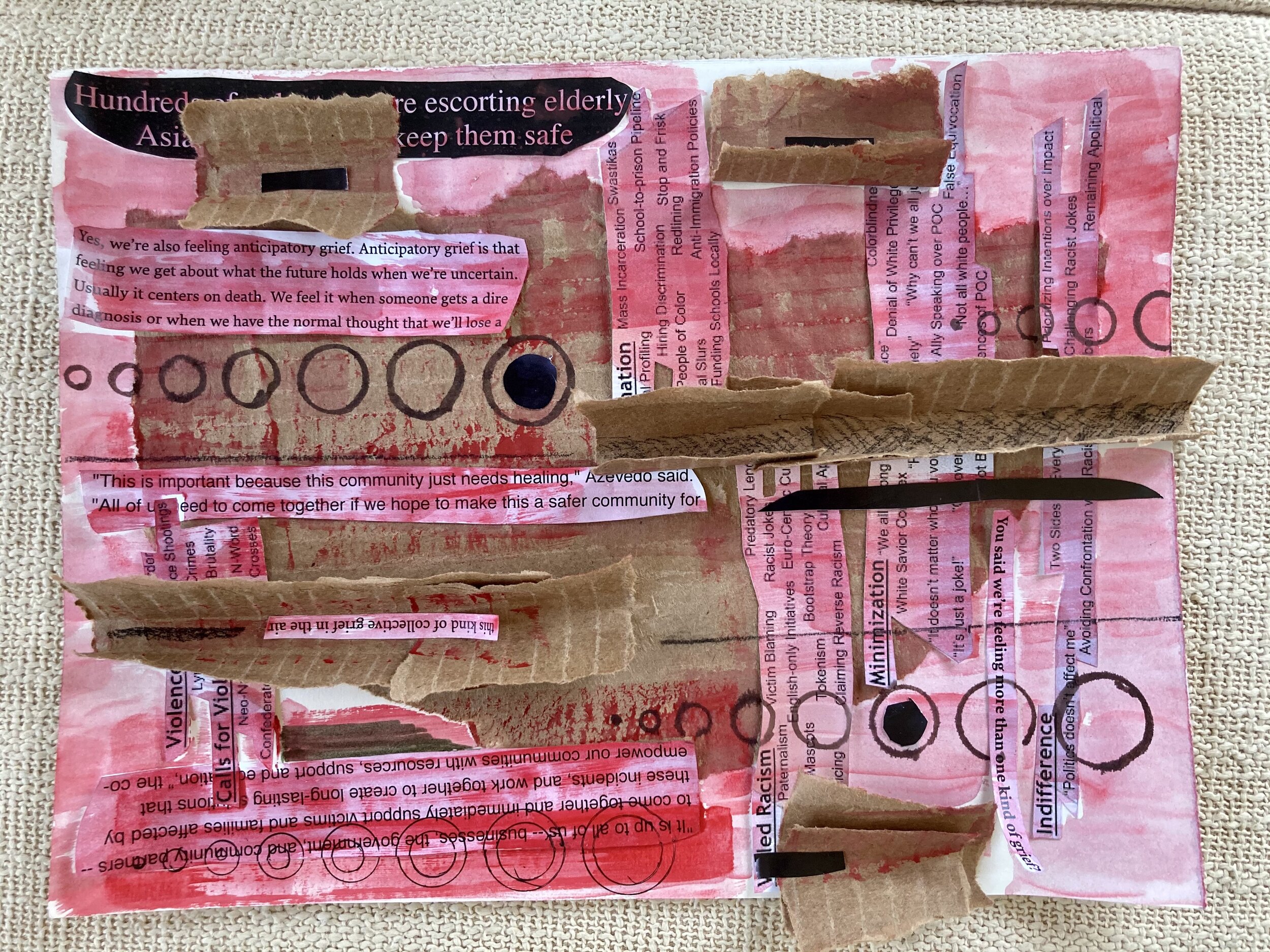The visual portrayal of the past year events has been unavoidable with the level of mediated images reaching limits of saturation for the general public. We are enmeshed in these representations and curated social media posts, for better or worse. The heightened emotional state catalyzed by logistics of the global quarantine has resulted in increased media and creative output. We are reminded daily of what it feels like, what it sounds like, and how perceptions can appear for those living through global crises. For those of us blamed for the “Chinese virus” and for those of us targeted by conservative media coverage of the liberatory efforts of the BIPOC community, the violence has been documented but lacks the dimensions of lived experience. In some ways, this varied documentation and editorialization has run rampant in the way the pandemic has, leaving the masses in a cacophonous sea of chaos. We are both panicked and numbed by the multiple upheavals of the unfolding events.
My series is both an inquiry and an aim towards reparative efforts for the survival of endangered populations of 2020-21. By decentering the mainstream gaze by stripping its context, when framed as an art experience, how would the harms and resilience of these times be represented? Specifically, if we were to hone our senses to a single form, what would it sound like?
Listen and view the works here: Asia North 2021 Exhibition. Or click on the images below for the accompanying sounds.
What is a visual score or graphic score?
Unlike the more traditional five-lined musical stave, with each line and each space representing a different pitch, a graphic score is a different way of notating a piece of music. Scores can blend conventional elements notation with the unconventional. The performer has to use the pictures to inspire his or her performance — it's more like a guide, or a musical map.
****Many thanks to Dr. DJ Kuttin Kandy for her invigorating talk at Tatlong Bagsak for Black Lives that is sampled in “stage three”.



